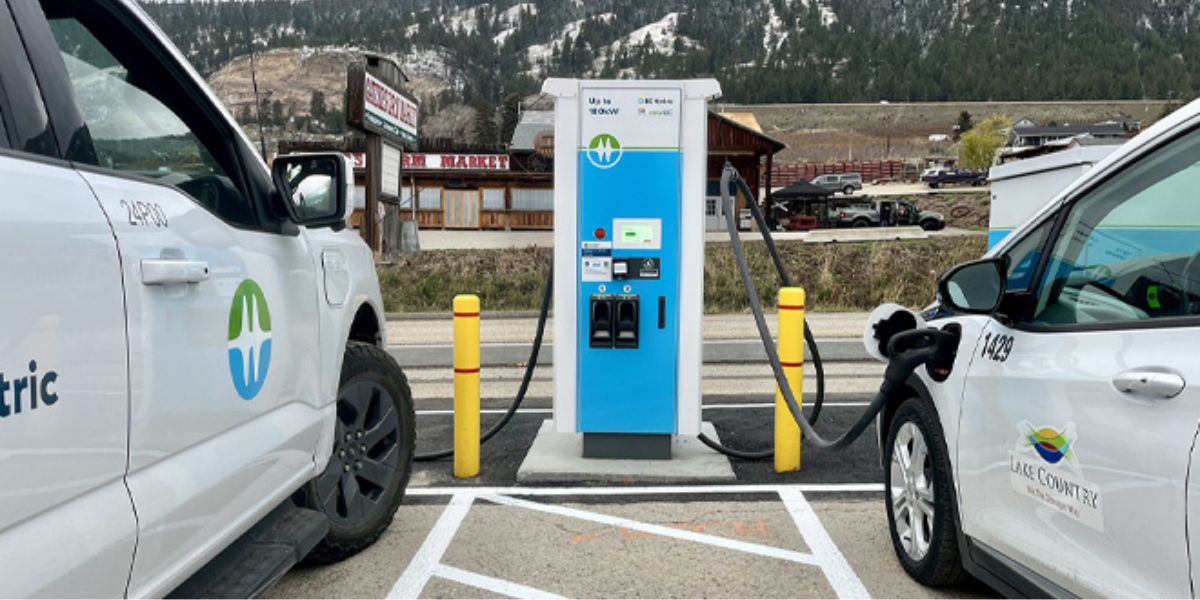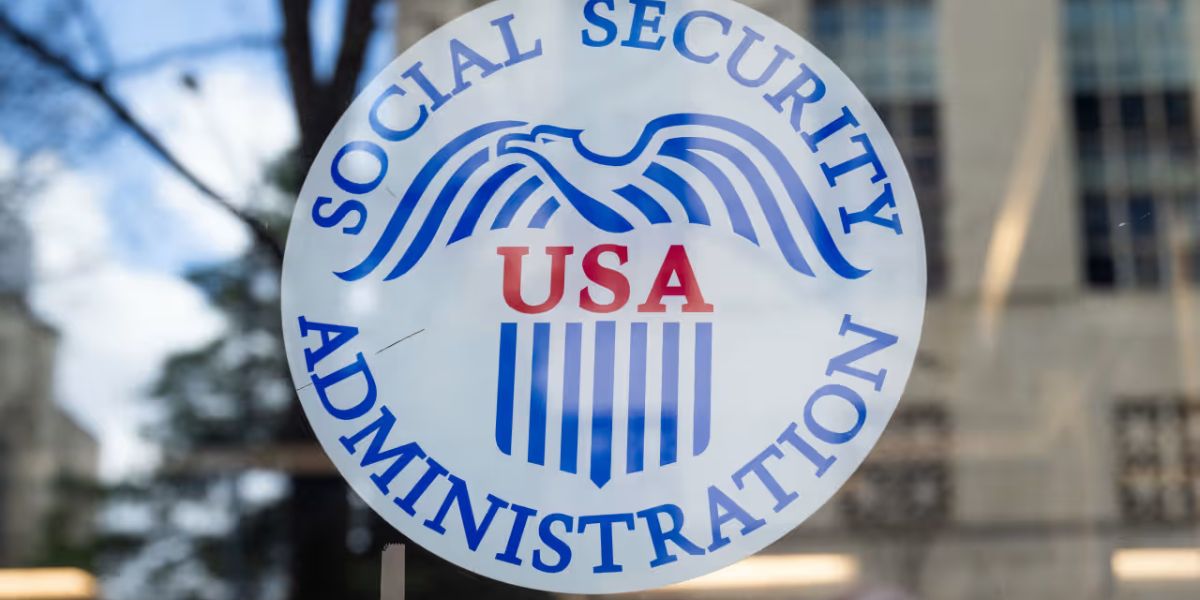Let’s be honest—charging your electric vehicle at home can feel like a big upfront expense. You’re not just buying a car; you’re investing in new technology, new equipment, and sometimes a costly installation.
That’s why the EV charger tax credit, brought back by the Inflation Reduction Act (IRA), is such a big deal.
But here’s the deal—it’s not as simple as just plugging in and getting a tax refund. The rules have changed, there are caps, and with political shifts, the credit might not be around forever.
If you’re thinking about installing a home charger or upgrading your business’s EV stations, you need to know what’s happening now and what might change soon.
Keep reading, and I’ll walk you through the key details, how to claim the credit, and what the future might hold for this important incentive.
EV Charger Tax Credit Basics: What’s Covered and How Much?
The EV charger tax credit was revived by the IRA and now runs through December 31, 2032. If you install a home EV charger, you can claim 30% of your hardware and installation costs, up to $1,000. That’s a solid incentive to make your charging station more affordable.
For businesses, the credit is even bigger—up to 30% of the total project cost, with a maximum credit of $100,000 per charger installed after 2022. Before the IRA, businesses were capped at $30,000 per project, so this is a major boost.
Also, the credit now covers more advanced equipment like bidirectional chargers, which can send energy back to the grid or your home.
How to Claim Your EV Charger Tax Credit?
To get the credit, you’ll need to file IRS Form 8911 with your federal tax return. Make sure you keep receipts for your charger and installation costs.
Here’s a heads-up: this credit isn’t refundable. So, it reduces the amount of tax you owe but won’t give you a refund if your tax liability is zero. That means you’ll want to have enough tax due to fully benefit.
Biden’s Big Plan vs. Trump’s Pushback
The Biden administration committed $7.5 billion to build a national EV charger network, aiming for 500,000 public chargers by 2030. They also announced $623 million in grants to help states build this infrastructure.
But politics complicate things. The Trump administration paused federal spending on these stations, creating confusion and slowing progress. And the GOP’s latest tax proposals might cut these tax incentives entirely.
Read Also: $1,750 Payment for These Car Buyers — See If You Qualify by August 1
If you’ve been on the fence about installing an EV charger, acting sooner rather than later might save you money and hassle.
Automakers Step Up with Private EV Networks
While politics tug back and forth, the private sector is charging ahead. BMW, GM, Honda, and several other automakers teamed up to launch a massive EV charger network across North America.
They plan to install at least 30,000 chargers compatible with major EV connectors, making it easier for drivers to find fast, reliable charging whether in cities or on highways.
Don’t Forget State and Local Incentives
Besides the federal credit, many states offer rebates or tax credits for installing EV chargers. These vary widely, so it pays to check what your state offers.
The U.S. Department of Energy’s website has a searchable database to help you find programs near you that could further lower your costs.
Bonus: Solar Panels and EV Chargers = Double Tax Savings
The IRA also brings back a 30% tax credit for home solar panel installations, which includes panels, batteries, and related equipment.
Read Also: Disability Insurance Update: 3 Key Things You Should Know
Pairing solar with your EV charger means you could tap into two separate clean energy credits, saving even more on your setup.
Bottom Line
Installing an EV charger is a smart move for your car and the planet—and the federal tax credit makes it easier on your wallet. But with political uncertainty and changing rules, waiting might cost you.
Start by checking your eligibility, keep track of all receipts, and file the right forms. Also, look into your state’s incentives to stack savings.
Small steps like these can lead to big savings and a cleaner, greener future. Don’t wait for perfect conditions—start planning today.
This article was written by Loretta James. AI tools were used lightly for grammar and formatting, but the ideas, words, and edits are all mine.



